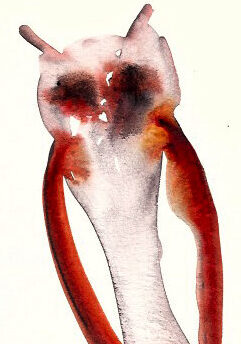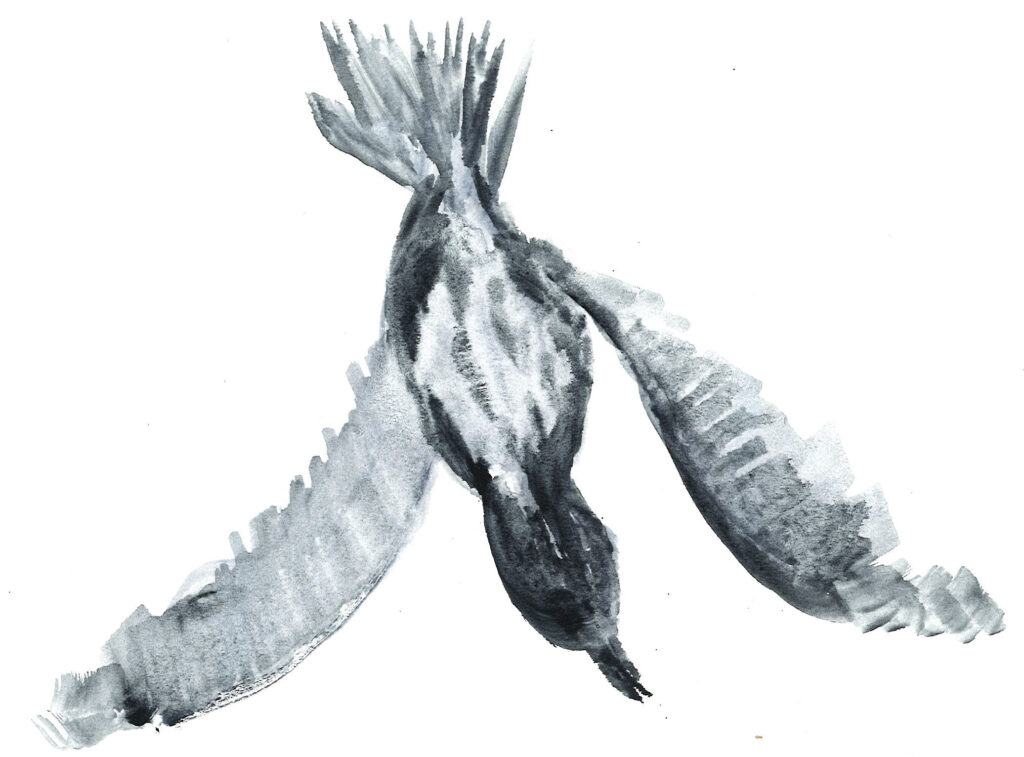For the writer, there are many guidebooks on the art of writing. There’s Anne Lamott’s Bird by Bird, Stephen King’s On Writing, Mary Karr’s The Art of Memoir, and Kim Addonizio’s Ordinary Genius, just to name a few. I don’t see visual artists flocking to explain the mysteries of their craft with the ardor you see among the writers, but writers are quick to explain everything and anything under the sun, so it’s only natural they’d be the most available to untangle the Gordion knot of the creative process. Thankfully, artists now have their own guidebook thanks to Jerry Saltz, who is an art critic for New York magazine and the winner of the Pulitzer Prize in criticism. Jerry Saltz’s How to be an Artist offers artists, and other makers (as a poet, I found the book delightful), some helpful advice for the journey. The book is mostly an expansion of the viral essay Saltz wrote for Vulture. I was frankly a little disappointed the book didn’t go much deeper than the essay. But if you liked the essay and are okay with just a little more of the same, or just want a helpful roadmap to keep around your studio or desk in physical form, Saltz’s How to be an Artist is a fun and inspiring read.
The literature devoted to the demystification of the creative practice follows its own tropes. Ultimately, each writer stands before the ineffable, asserting the inherent mystery of the creative process. Writers of the genre are forced eventually to throw their hands in the air, calling upon practitioners of their craft to have faith and hope, to pray for transformation, inspiration, whatever. Still, there’s something immensely beautiful about watching someone try to demystify mysteries of creativity, like watching a monk sing in a poorly-lit abbey, or watching the faithful weep over a statue of the virgin Mary, or watching a grown man cry before a Rothko.
Like any other guidebook on the creative process, Saltz calls upon his readers to do the hard work. “The artist Sister Mary Corita Kent said, ‘The only rule is work. If you work, it will lead to something. It’s the people who do all the work all the time who eventually catch on to things.’” This is all very American and Protestant in its ethic. Forget the mysteries of the spirit. Get your hammer and nails, get your paintbrush and canvas, grab a pen and paper, and get to work. Cheryl Strayed urged writers to do the same thing when she reminded a disillusioned writer in her Dear Sugar column (and later in her luminous book about life and creation, Tiny Beautiful Things) that: “Writing is hard work… Coal mining is harder. Do you think miners stand around all day talking about how hard it is to mine for coal? They do not. They simply dig.”
And so, Saltz calls upon artists to work. “Just work. And keep working.” But of course, we’re talking about mystery here. Work is not enough. Saltz quotes the artist Bridget Riley: “If it doesn’t feel right—it’s not right.” Anyone who has tried to make anything can relate to this—how the right thing arrives after hard work like an apparition. How hard work never guarantees you access to the right thing, but when the right thing arrives, it arrives accompanied by the apprehension that it might never come again. To create anything is to resign oneself to go fishing in a sea that might be a desert. You drop down your line, you cultivate patience, you study the surface of the water, make better lures, and keep at it. With a little luck, something comes. But not always.
Saltz doesn’t offer guarantees. There is no formula to producing good work. He does offer this: “Nothing happens if you’re not working. But anything can happen when you are.” And so, we’re back where we started. Work hard. Don’t try to be good. Be patient. The advice is so simple it must be right.
Saltz’s book is breezy and brief and can be read voraciously in one sitting—which is perhaps the point. Artists shouldn’t be reading a book about how to make art, they should be doing it.
Fortunately, the lessons the book offers are perfectly organized, granting the discerning reader the opportunity to return to kernels of wisdom that prove useful later. And if you’re feeling blocked, having a copy around the studio or office can’t hurt and might offer just what you might need to get moving. Saltz declares “art…a survival strategy.”
I have certainly turned to my creative powers when all other powers have failed me. Poetry for me has been a kind of spirituality, a prayer, a form of universal accounting. Like any act of faith, it cannot exist without co-existing beside doubt. And just like that, we leave behind the handy work of the coal miner, and find ourselves once again before the altarpiece. To embark on a creative project requires residence in doubt. How does one face the doubts?
Saltz has an answer for this existential dread: “…doubt is a sign of faith: it tests and humbles you, allows newness into your life. Best of all, doubt banishes the stifling effect of certainty. Certainty kills curiosity and change.”
Work might get you to the cathedral of creativity, but when you’re in it, you better get down on your knees and scrub the floors if you want to see the glow. No poem I have ever written has turned out how I expected it and often I set out to write one poem and ended up with something else entirely. Saltz explains: “Artists must also reckon with the uncanny feeling that by the time we’ve finished a new work, we’ve often ended up creating something different from what we set out to do.” True to the form of the creative manifesto and creative guidebook, Saltz finds himself repeatedly gesturing at the ineffable. The creation of good work is a mystical act and requires mystical advice. And Saltz delivers, offering more mystical advice, like: “learn to listen, and the work will tell you what it wants.” I’ve been staring at my poetry book for 15 years and only recently did it tell me anything, so sometimes you’re going to sit trying to listen for a very long time. It can often feel like sitting over a Ouija board, but that’s neither here nor there. If the thing you’re creating has any spirit, it will speak to you sooner or later, and if it doesn’t speak to you, it may speak to someone else. Or maybe it has no voice.

As far as trying to have a vision or plan for your work: vision is for city planners and architects. A poet who knows too much about the poem she’s writing is bound to write a shitty poem; in my painting, I’ve found the same. Better to follow an obsession to its logical conclusion.
Saltz writes: “Don’t worry about whether your art ‘makes sense.’ The faster your work makes sense, the faster people will lose interest. Let go of being ‘good.’ Start thinking about creating.” By far the most useful advice in the whole book is Saltz recommendation that an artist not try to gain a reputation by creating “a single, defining project.” “Do not get hung up working on one super-project forever. For now, make something, learn something, and move on.”
Do the work, set deadlines, finish things, and “take baby steps.” As a woman who has spent the last 15 years working and re-working one book of poetry, I wish I’d gotten this memo 10 years ago. There are other gems, like “Start working when you wake up.” The goal is to get the work done before the “pesky demons of daily life” take you down. Saltz explains that waiting “four hours is too long; the demons will take you down.”
Don’t let the demons take you down. Make things. And remember: “There are no wasted days.”
About the Writer
Janice Greenwood is a writer, surfer, and poet. She holds an M.F.A. in poetry and creative writing from Columbia University.









